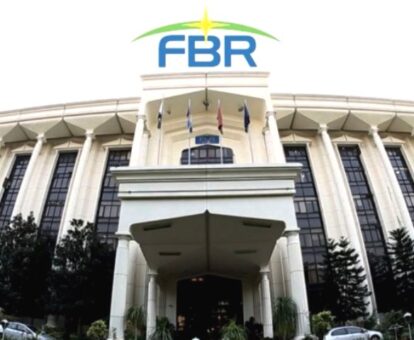Section 85, as updated up to June 30, 2021, by the Federal Board of Revenue (FBR), defines the conditions under which two persons are considered associates under tax law.
In an effort to establish clarity and fairness in taxation, the Income Tax Ordinance, 2001, addresses the concept of associates in Section 85.
The text of Section 85 of the Income Tax Ordinance, 2001 is comprehensive and provides a nuanced understanding of the association:
“85. Associates.—(1) Subject to sub-section (2), two persons shall be associates where the relationship between the two is such that one may reasonably be expected to act in accordance with the intentions of the other, or both persons may reasonably be expected to act in accordance with the intentions of a third person.
(2) Two persons shall not be associates solely by reason of the fact that one person is an employee of the other or both persons are employees of a third person.
(3) Without limiting the generality of sub-section (1) and subject to sub-section (4), the following shall be treated as associates —
(a) an individual and a relative of the individual;
(b) members of an association of persons;
(c) a member of an association of persons and the association, where the member, either alone or together with an associate or associates under another application of this section, controls fifty per cent or more of the rights to income or capital of the association;
(d) a trust and any person who benefits or may benefit under the trust;
(e) a shareholder in a company and the company, where the shareholder, either alone or together with an associate or associates under another application of this section, controls either directly or through one or more interposed persons —
(i) fifty per cent or more of the voting power in the company;
(ii) fifty per cent or more of the rights to dividends; or
(iii) fifty per cent or more of the rights to capital; and
(f) two companies, where a person, either alone or together with an associate or associates under another application of this section, controls either directly or through one or more interposed persons —
(i) fifty per cent or more of the voting power in both companies;
(ii) fifty per cent or more of the rights to dividends in both companies; or
(iii) fifty per cent or more of the rights to capital in both companies.
(4) Two persons shall not be associates under clause (a) or (b) of sub-section (3) where the Commissioner is satisfied that neither person may reasonably be expected to act in accordance with the intentions of the other.
(5) In this section, “relative” in relation to an individual, means —
(a) an ancestor, a descendant of any of the grandparents, or an adopted child, of the individual, or of a spouse of the individual; or
(b) a spouse of the individual or of any person specified in clause (a).”
Section 85 begins by defining associates, highlighting that two persons shall be associates if the relationship between them suggests that one may reasonably be expected to act in accordance with the intentions of the other, or both may reasonably be expected to act in accordance with the intentions of a third person.
However, Subsection (2) clarifies that the mere employer-employee relationship between two persons or both being employees of a third person does not automatically categorize them as associates.
The subsequent subsections (3) and (4) outline specific scenarios where individuals or entities are treated as associates. Notable instances include individuals and their relatives, members of associations of persons, trusts and beneficiaries, shareholders and companies, and relationships between two companies. It is emphasized that control over voting power, dividends, or capital plays a crucial role in determining association.
Subsection (4) introduces a safeguard, stating that two persons will not be associates under certain clauses if the Commissioner is satisfied that neither person may reasonably be expected to act in accordance with the intentions of the other.
In Subsection (5), the definition of “relative” is provided, specifying the individuals who fall under this category concerning an individual.
Tax experts appreciate the comprehensive nature of Section 85, as it ensures that relationships are not oversimplified for taxation purposes. The inclusion of control parameters and the discretion given to the Commissioner contribute to a more nuanced and fair approach in identifying associates.
Section 85 of the Income Tax Ordinance, 2001 plays a pivotal role in defining the criteria for association in taxation. By recognizing diverse relationships and incorporating control elements, this section contributes to the overall fairness and accuracy of the tax system, aligning with the principles of transparency and equitable treatment within the realm of taxation.
